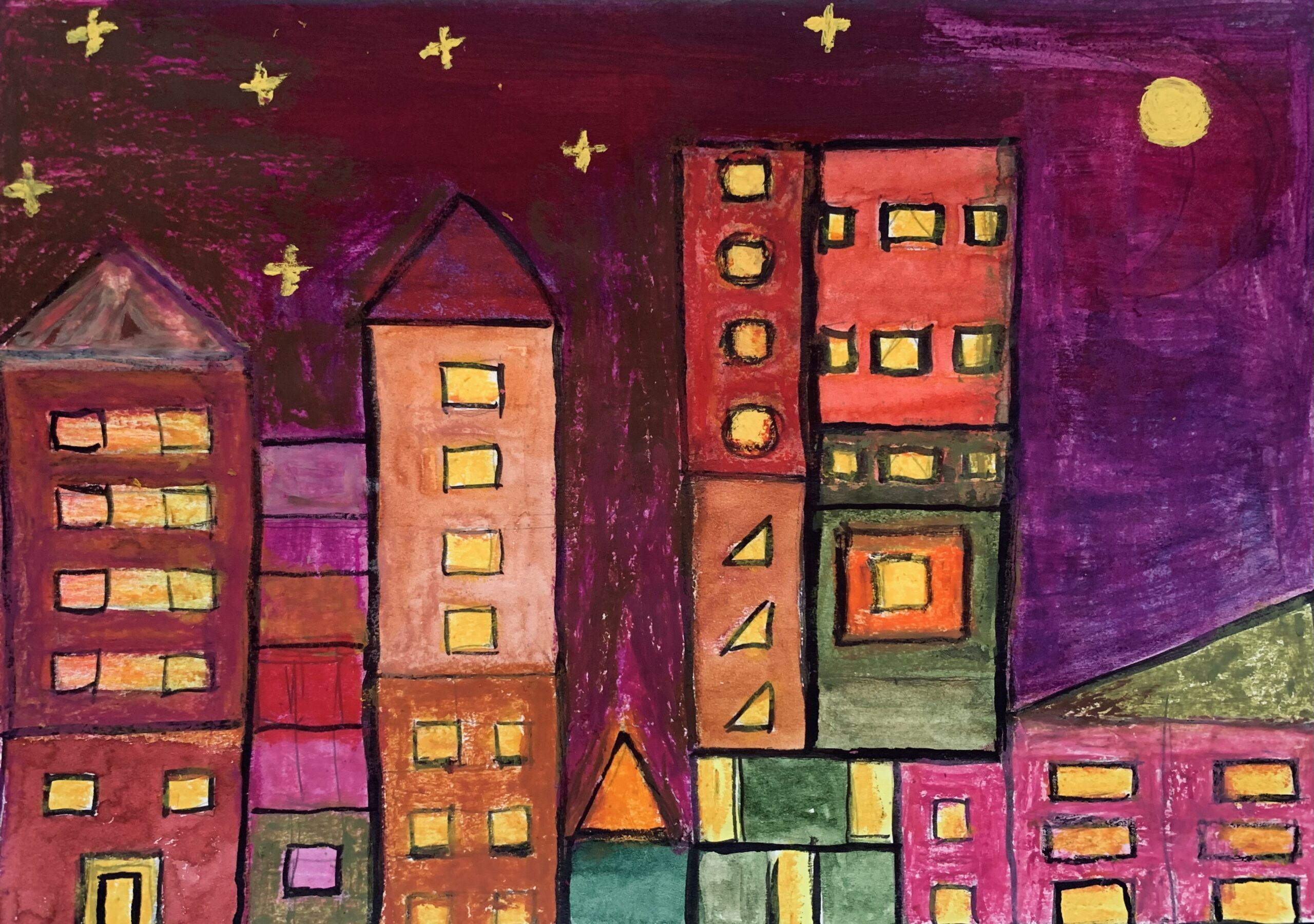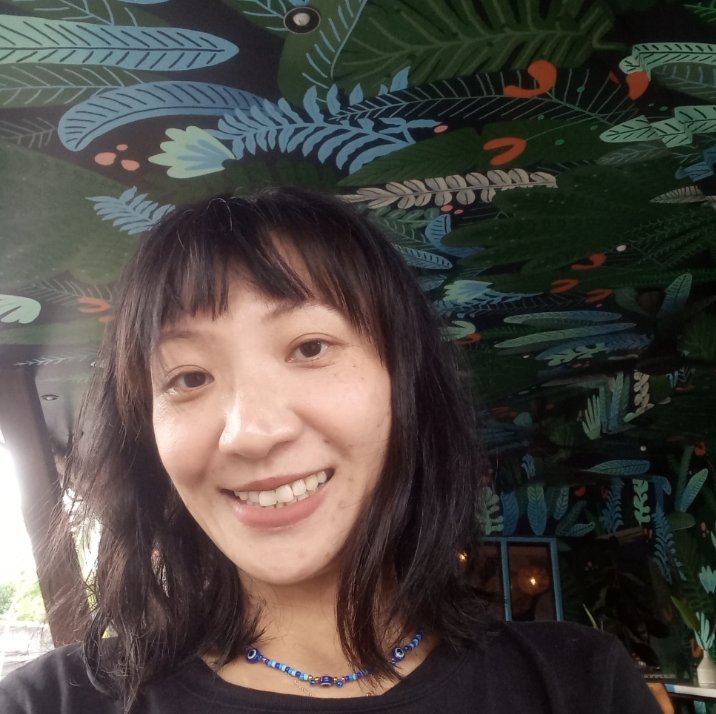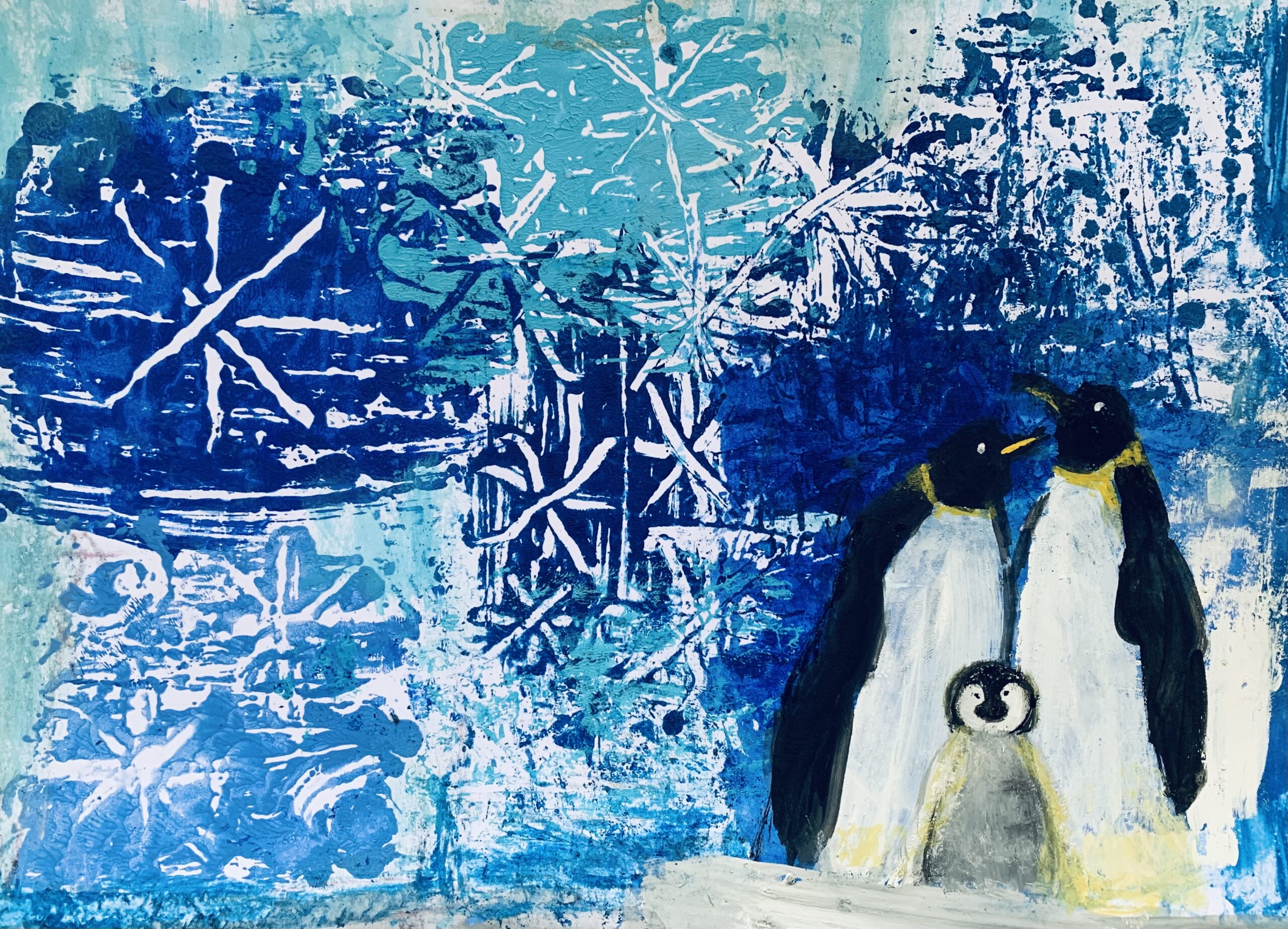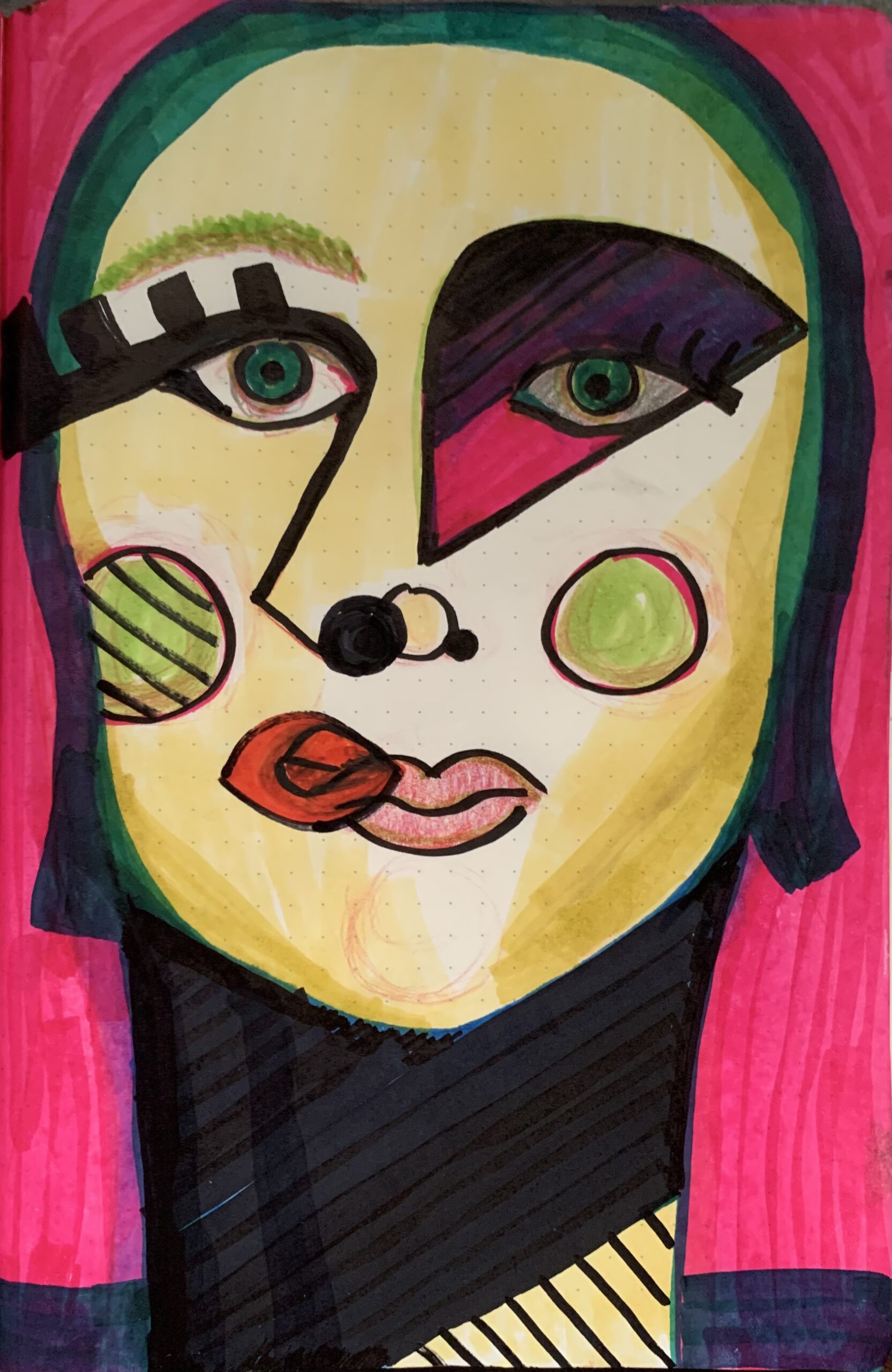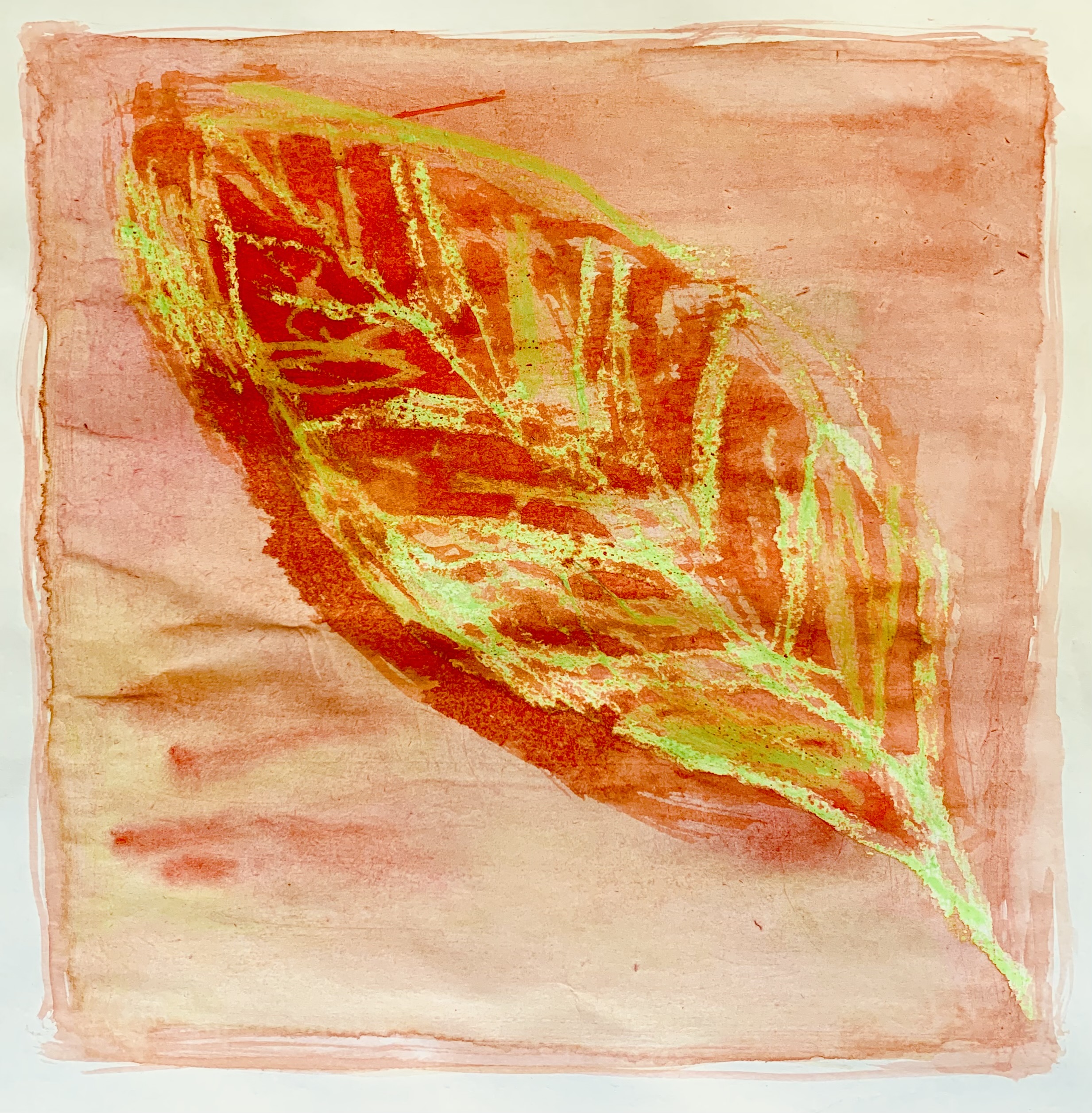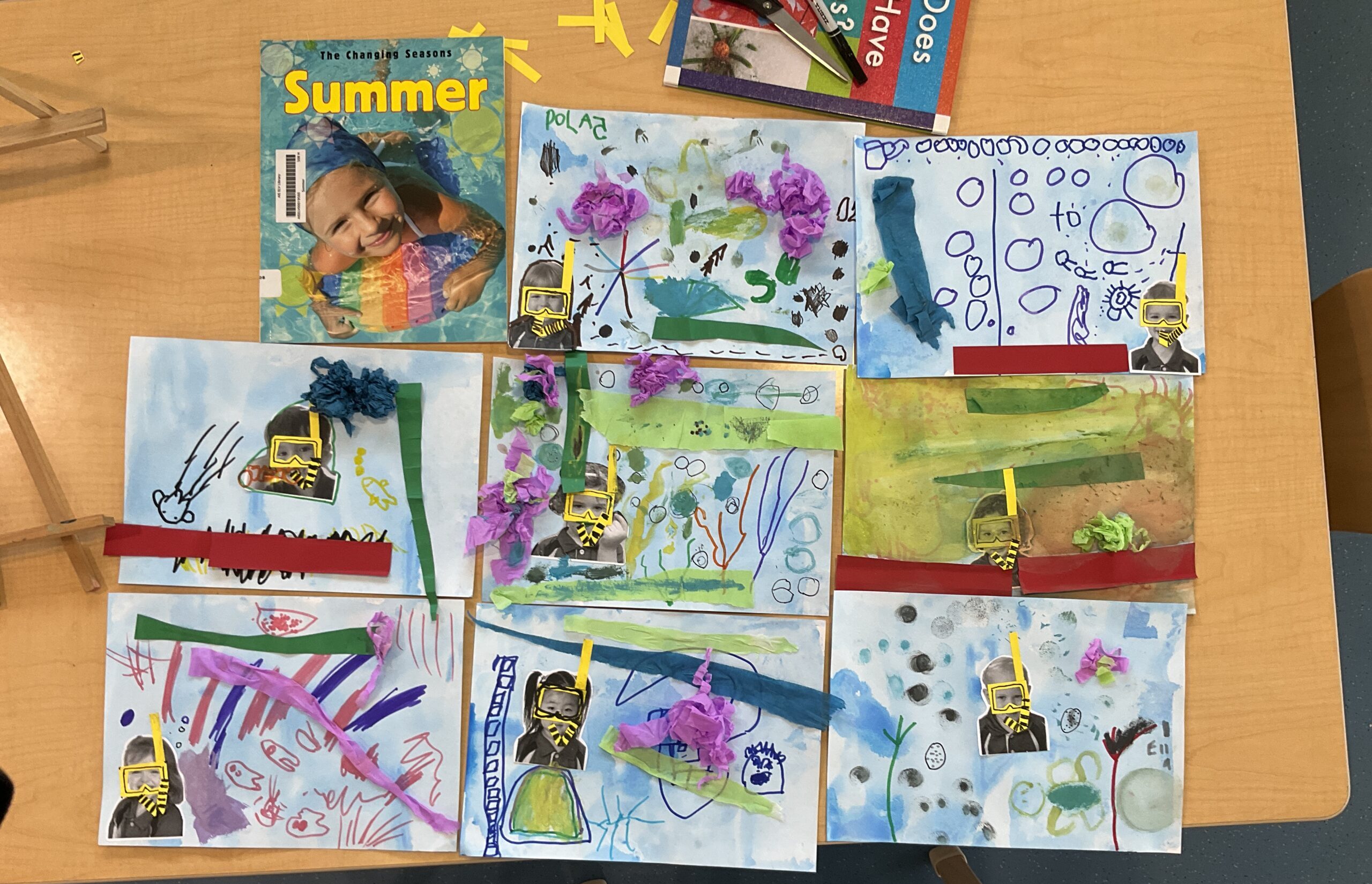3rd Grade Art Spotlight: Building Magical Cities with Paul Klee
Welcome back to the studio, friends! Today I’m thrilled to share a lesson that’s always a hit with my third graders — an imaginative dive into the world of Paul Klee’s Magic Square paintings.
This unit is all about process over product — giving students the freedom to explore shapes, patterns, color, and rhythm, while using Klee’s vibrant, abstract cityscapes as inspiration.
✨ Discovering Paul Klee’s Magic Squares
Paul Klee has captivated me since I was a child. Something about the way he played with colors and shapes just felt magical — approachable and exciting, especially to young eyes. When I introduce his work to my students, I see the same spark of curiosity I once felt.
We focus on Klee’s Magic Square series, which includes colorful, geometric cityscapes like Castle and Sun and The Red Balloon. These paintings are abstract, balanced, and full of rhythm — qualities that give students a rich jumping-off point for their own creations.
🏙️ The Project: Create Your Own Magic Square City
Students begin by observing and discussing Klee’s work, focusing on geometric shapes, color harmony, and the concept of balance in art. Then, using oil pastels on large, colorful paper, they set out to design their own cityscapes.
Their goal? To build an abstract city using mostly one color tone (warm or cool), sprinkled with its complementary color — just like Klee did!
We talk about:
- What makes a shape geometric vs. organic
- What “rhythm” looks like in a painting
- How artists use repetition and symmetry to create balance
🎯 Learning Objectives
By the end of the unit, students will:
- Understand the difference between warm and cool colors
- Recognize and use geometric shapes to suggest architecture
- Learn what “abstract” means in the context of art
- Explore how color and repetition can create rhythm and balance in a composition
We also ask lots of open-ended questions to spark deeper thinking:
- What do these shapes remind you of?
- Do you notice any patterns?
- How are the sides of the painting similar or different?
- Does it look like a real place, or something imagined?
🎨 Materials We Use
- Oil pastels
- 12×18 construction paper in assorted colors
- Rulers (to keep those lines nice and crisp!)
- A selection of Paul Klee’s Magic Square paintings for inspiration
🧠 How We Reflect & Evaluate
Evaluation here is informal — it’s about the conversation, exploration, and reflection. Students are encouraged to ask questions, share insights, and connect ideas. Each artist completes at least one finished “cityscape” that demonstrates an understanding of the artistic elements we discussed.
And the results? Absolutely stunning. From bold towers to whimsical skylines, each piece tells a unique story while showcasing what they’ve learned.
🌟 Final Thoughts
This lesson isn’t just about replicating a style — it’s about stepping into an artist’s shoes and seeing the world through shape, color, and imagination. Watching third graders interpret Paul Klee’s work is a reminder that creativity is alive and well — and often, full of delightful surprises.


